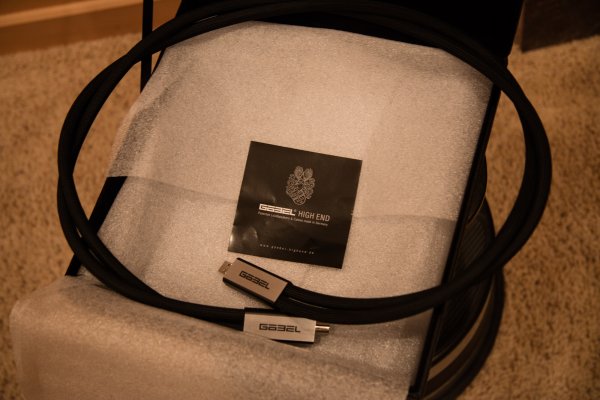How does Jplay compare to HQPlayer when used with Roon?
I’ve used both JPlay and HQ Player individually and together.
HQ’s primary contribution is direct control over upsampling and filters, which allows you to select a format that best matches the applicable dac. It’s also good for managing complex convolution pipelines, speaker time/volume delays, etc. It’s very processor intensive and benefits greatly from a high-cuda-core video card to perform floating point math. As Roon has gotten better the sonic contribution has declined. It’s particularly helpful to me as I’ve got four separate dacs (two for speakers and two for headphones) that each respond differently.
JPlay’s primary contribution is removing processes not essential to processing music. As such the things it does are quite different. Peanut butter and jelly rather than two flavors of jam.
Agree.











